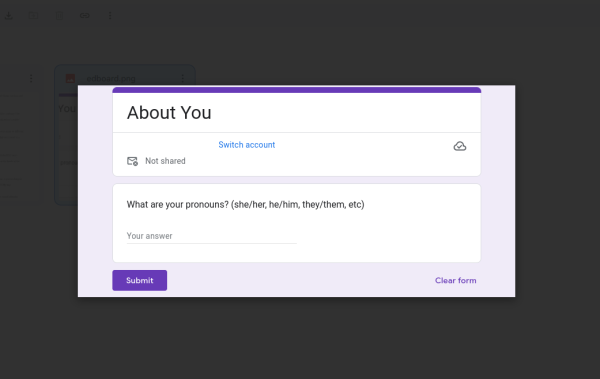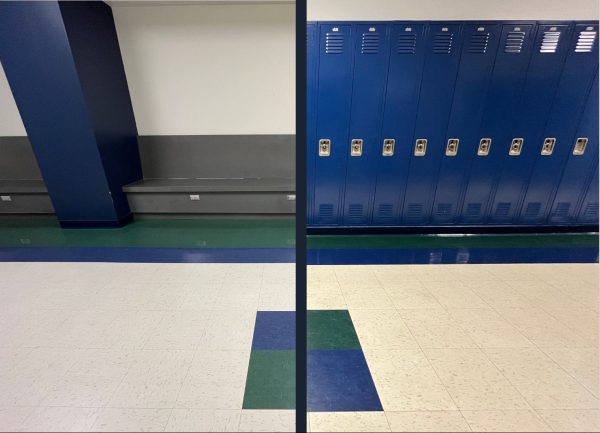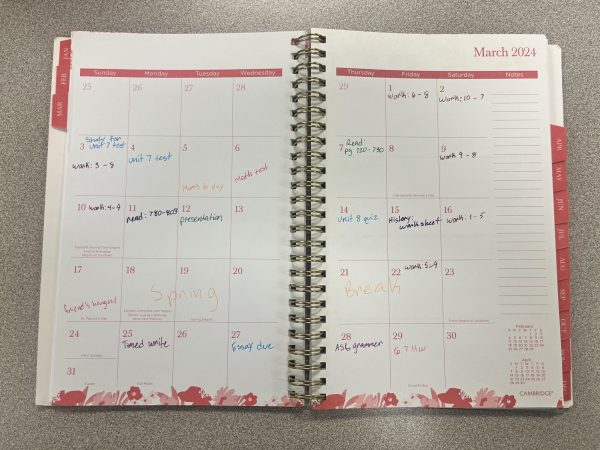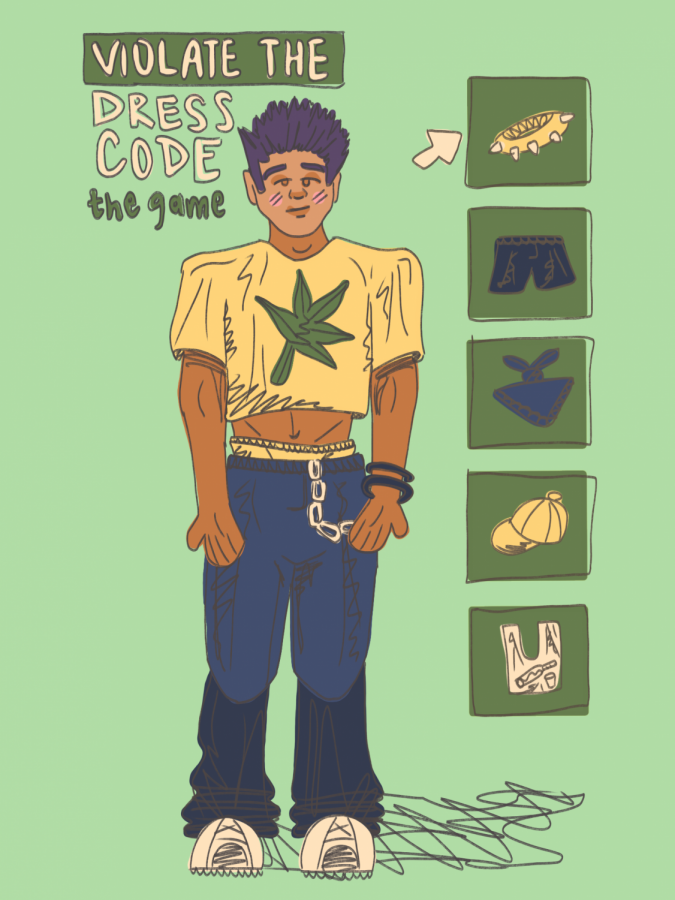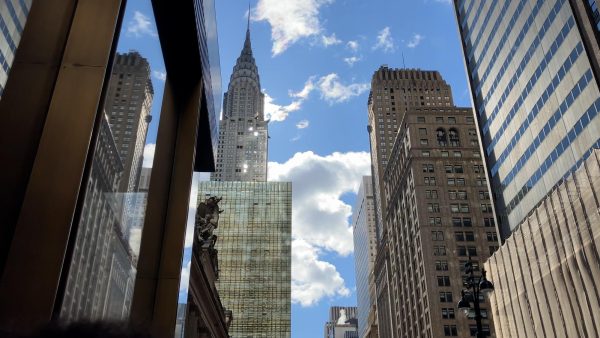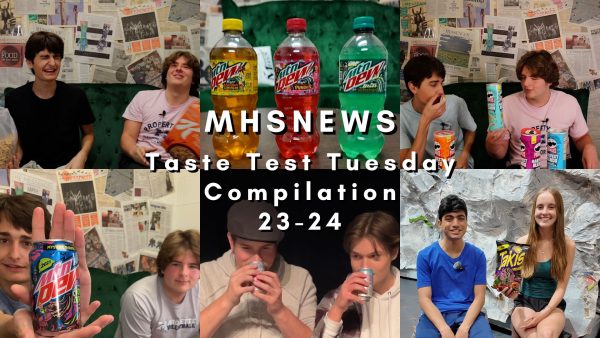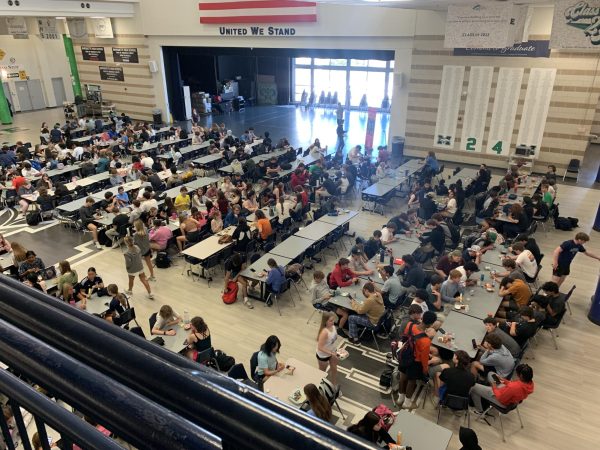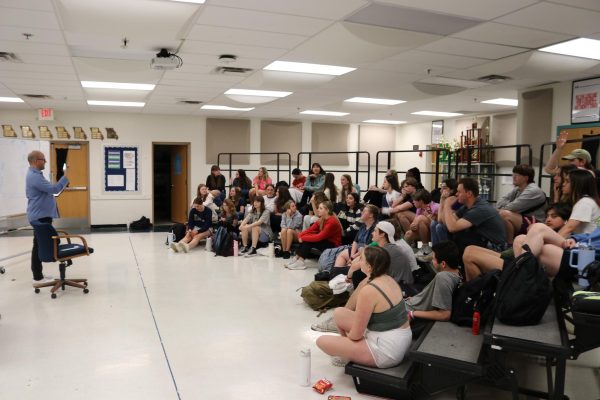Redressing the Dress Code
With the summer heat lingering, students have joined the new school year with looser, lighter and more comfortable clothing options. However, MHS’s infamous dress code policy does not accommodate for hot weather or trending crop tops.
During the first Academic Lab of the year, students listened to a review of MHS policy and expectations via Zoom. As expected, the administration gave a stern reinstatement of the dress code, pointing out recently popularized crop tops, tank tops and short length bottoms.
Shoulder straps, covered backs and cropped shirts are monitored closely by administration, but I question the necessity of the requirements. Is an open backed shirt a distraction in the classroom? Or is this policy rather targeting and further sexualizing a common clothing item?
By setting these rules, the administration is creating a narrative that deems bare backs and open chests as provocative.
Clothing displaying images of alcohol, tobacco or what the dress code policy vaguely describes as other “disruptive behaviors” is also prohibited. I agree with the banning of violent or hate group materials, but where is the line drawn for a student’s First Amendment rights?
In Guiles v. Marineau, the Supreme Court decided that a student who wore a political shirt with associated drugs and alcohol images was protected by their First Amendment rights.
The dress code fails to acknowledge certain political opinions that students are able to represent. For example, the legalization of marijuana is widely considered a political issue that would be protected under a student’s First Amendment right to freedom of expression.
“Clothing that promotes… drugs, alcohol, tobacco and/or its products… must be covered or removed,” states the MHS dress code policy.
In Guiles v. Marineau, the Supreme Court decided that a student who wore a political shirt with associated drugs and alcohol images was protected by their First Amendment rights. The Supreme Court deems that unless such material is associated with a school sponsored organization or causes a significant disruption, public schools are unable to censor it.
Although the intent is obviously to ban the promotion of substances used by underage students, most high school students are familiar with the consequences of taking these substances. I don’t think choosing to ban branding such as Budweiser merchandise is going to significantly affect the use of substances by underage students in and out of school.
Even so, there is some good that comes from a dress code. Rules that prohibit spikes or chains, violent material or gang affiliation help to maintain the safety of students in school. However, many changes can and should be made to advocate for the self expression and equality of students. If it doesn’t directly affect the safety of students and staff, I don’t think there’s a problem
Your donation will support the student journalists of Marquette High School. Your contribution will allow us to purchase equipment and cover our annual website hosting costs. You may become a PATRON by making a donation at one of these levels: White/$30, Green/$50, Blue/$100. Patron names will be published in the print newsmagazine, on the website and once per quarter on our social media accounts.



